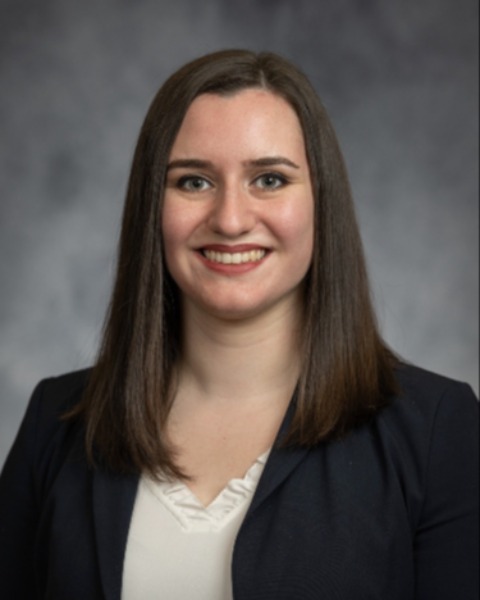Obstetric Quality and Safety
Poster Session 4
(920) Retrospective analysis of opioid prescribing following surgical procedures in patients with commercial vs. public insurance
.jpg)
Bryan L. Aaron, MS (he/him/his)
Medical Student
University of Michigan Medical School
Ann Arbor, MI, United States
Dana Feldman, BS (she/her/hers)
University of Michigan
Ann Arbor, MI, United States- JW
Jennifer Waljee, MD, MPH, MS
University of Michigan
Ann Arbor, MI, United States - MB
Mark Bicket, MD, PhD
University of Michigan
Ann Arbor, MI, United States - MM
Michelle Moniz, MD, MSc
University of Michigan
Ann Arbor, MI, United States - VG
Vidhya Gunaseelan, MBA, MHA, MS
Clinical Information Analyst Staff Specialist
University of Michigan
Ann Arbor, MI, United States 
Alex Peahl, MD, MSc
University of Michigan
Ann Arbor, MI, United States
Primary & Presenting Author(s)
Coauthor(s)
To compare opioid prescribing practices following non-obstetrical procedures in pregnancy among public versus private insurance enrollees. We performed a retrospective cohort study using claims data from Truven Medicaid (public) and Truven Marketscan (private) for all opioid-naive patients aged 18-55 undergoing a procedure in pregnancy from 01/01/2016 to 12/31/2020. We included opioid-naive patients (e.g., no opioid prescription in pregnancy) who underwent 6 common procedures from 270 to 4 days prior to childbirth admission. Outcomes included opioid prescribing characteristics (e.g., receipt of opioid, prescription size in 5 mg tabs of oxycodone). Descriptive statistics and tests of comparison were used to summarize the data. Among those undergoing all procedure types, 10.1% (2,080 of 23,396 patients) had non-obstetrical procedures and were opioid-naive (Public: 790 of 7,324 [10.8%]; Private 1,290 of 16,072 [8.0%]). The most common procedures differed by insurance type (public: laparoscopic (lap.) cholecystectomy [54.1%], lap. appendectomy [21.4%], lap. oophorectomy [17.3%]; private: lap. cholecystectomy [40.1%], lap. oophorectomy [25.8%], lap. appendectomy [25.5%]). The procedure with the highest proportion of opioid prescribing for public enrollees was lap. oophorectomy (84.7%, Median: 20); For private enrollees, this was lap. cholecystectomy (77.0%, Median: 14.5). Of those who received opioid prescriptions, the proportion of patients who received a prescription and prescription size were higher for five of the six procedures for patients with public compared to private insurance.
Study Design:
Results:
Conclusion: Compared to patients with private insurance those with public insurance more commonly received an opioid prescription following procedures in pregnancy and received larger prescription sizes. Because one in 25 patients who receive an opioid prescription during pregnancy will develop new-persistent opioid use, standardized pain management guidelines for pregnant patients may reduce this observed inequity and reduce the risk of harm from opioid overprescribing.

